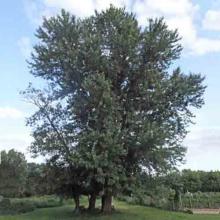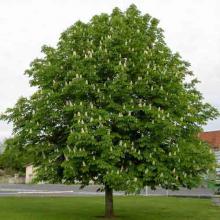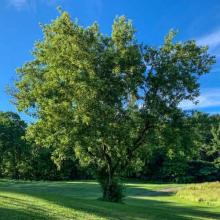Acer rubrum
Common name:
Red maple
Genus:
Acer
Family:
Sapindaceae
Order:
Sapindales
Acer saccharinum
Common name:
Silver maple
Genus:
Acer
Family:
Sapindaceae
Order:
Sapindales
Acer platanoides
Common name:
Norway maple
Genus:
Acer
Family:
Sapindaceae
Order:
Sapindales
Aesculus hippocastanum
Common name:
Horsechestnut
Genus:
Aesculus
Family:
Sapindaceae
Order:
Sapindales
Acer negundo
Common name:
Box elder
Genus:
Acer
Family:
Sapindaceae
Order:
Sapindales
Acer saccharum
Common name:
Sugar maple
Genus:
Acer
Family:
Sapindaceae
Order:
Sapindales
Acer rubrum
Common name:
Red maple
Genus:
Acer
Family:
Sapindaceae
Order:
Sapindales
Acer saccharinum
Common name:
Silver maple
Genus:
Acer
Family:
Sapindaceae
Order:
Sapindales
Acer platanoides
Common name:
Norway maple
Genus:
Acer
Family:
Sapindaceae
Order:
Sapindales
Aesculus hippocastanum
Common name:
Horsechestnut
Genus:
Aesculus
Family:
Sapindaceae
Order:
Sapindales
Acer negundo
Common name:
Box elder
Genus:
Acer
Family:
Sapindaceae
Order:
Sapindales
Acer saccharum
Common name:
Sugar maple
Genus:
Acer
Family:
Sapindaceae
Order:
Sapindales
Acer rubrum
Common name:
Red maple
Genus:
Acer
Family:
Sapindaceae
Order:
Sapindales
Acer saccharinum
Common name:
Silver maple
Genus:
Acer
Family:
Sapindaceae
Order:
Sapindales
Acer platanoides
Common name:
Norway maple
Genus:
Acer
Family:
Sapindaceae
Order:
Sapindales
Aesculus hippocastanum
Common name:
Horsechestnut
Genus:
Aesculus
Family:
Sapindaceae
Order:
Sapindales
Acer negundo
Common name:
Box elder
Genus:
Acer
Family:
Sapindaceae
Order:
Sapindales
Acer saccharum
Common name:
Sugar maple
Genus:
Acer
Family:
Sapindaceae
Order:
Sapindales
Family (Plantae): Sapindaceae
The Sapindaceae are a family of flowering plants in the order Sapindales known as the soapberry family. It contains 138 genera and 1858 accepted species. Examples include horse chestnut, maples, ackee and lychee. The Sapindaceae occur in temperate to tropical regions, many in laurel forest habitat, throughout the world. Many are laticiferous, i.e. they contain latex, a milky sap, and many contain mildly toxic saponins with soap-like qualities in either the foliage and/or the seeds, or roots. The largest genera are Serjania, Paullinia, Allophylus and Acer.
Description
Plants of this family have a variety of habits, from trees to herbaceous plants or lianas. The leaves of the tropical genera are usually spirally alternate, but those of the temperate Acers, Aesculus, and a few other genera are opposite. They are most often pinnately compound, but are palmately compound in Aesculus, and simply palmate in Acer. The petiole has a swollen base and lacks stipules. Some genera and species have laurel forest foliage due to convergent evolution.
The flowers are small and unisexual, or functionally unisexual, though plants may be either dioecious or monoecious. They are usually grouped in cymes grouped in panicles. They most often have four or five petals and sepals (petals are absent in Dodonaea). The stamens range from four to 10, usually on a nectar disc between the petals and stamen, their filaments are often hairy. The most frequent number is eight, in two rings of four. The gynoecium contains two or three carpels, sometimes up to six. The usually single style has a lobed stigma. Most often they are pollinated by birds or insects, with a few species pollinated by wind.
The fruits are fleshy or dry. They may be nuts, berries, drupes, schizocarps, capsules (Bridgesia), or samaras (Acer). The embryos are bent or coiled, without endosperm in the seed, but frequently with an aril.
Reference: Wikipedia






